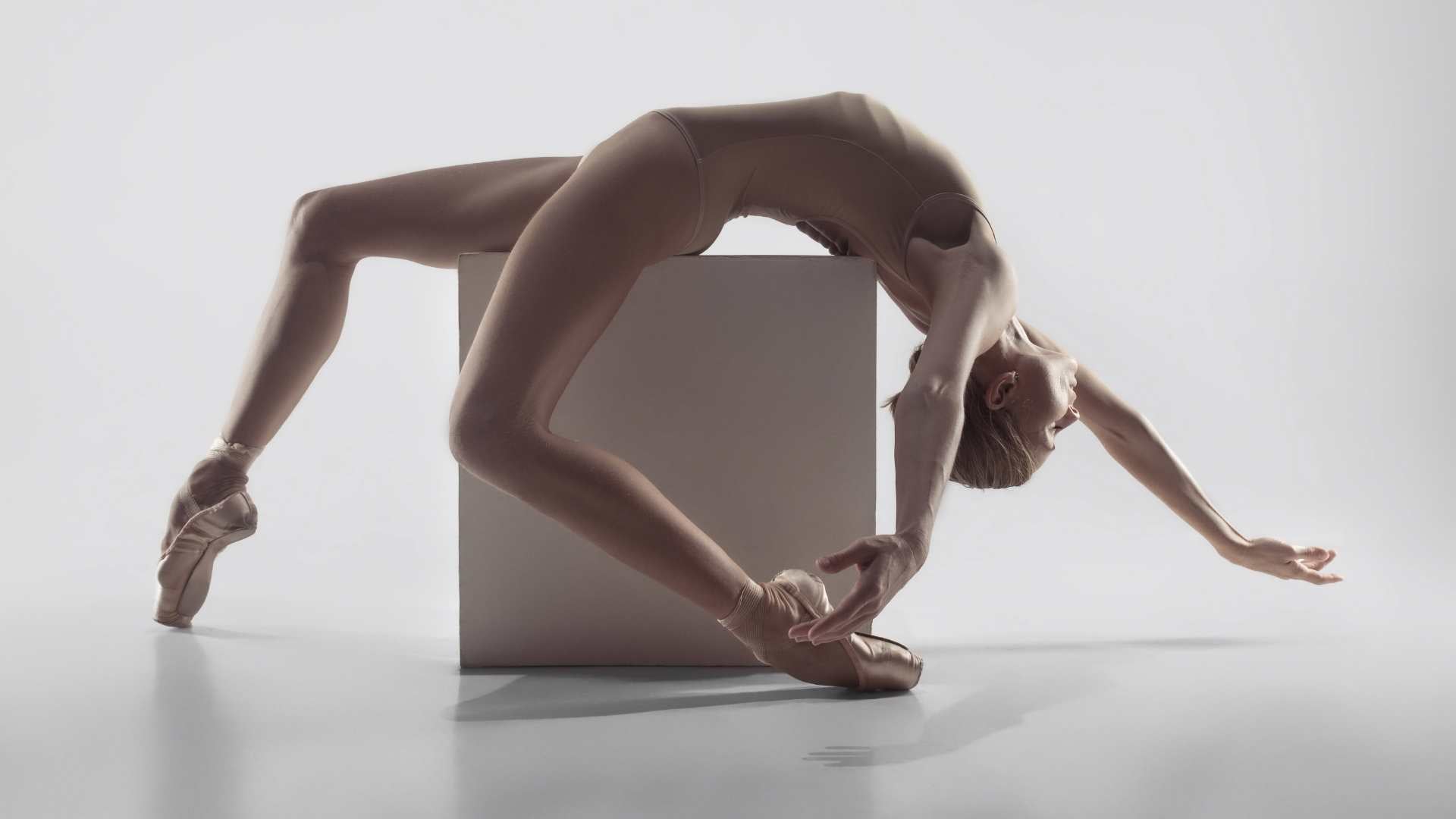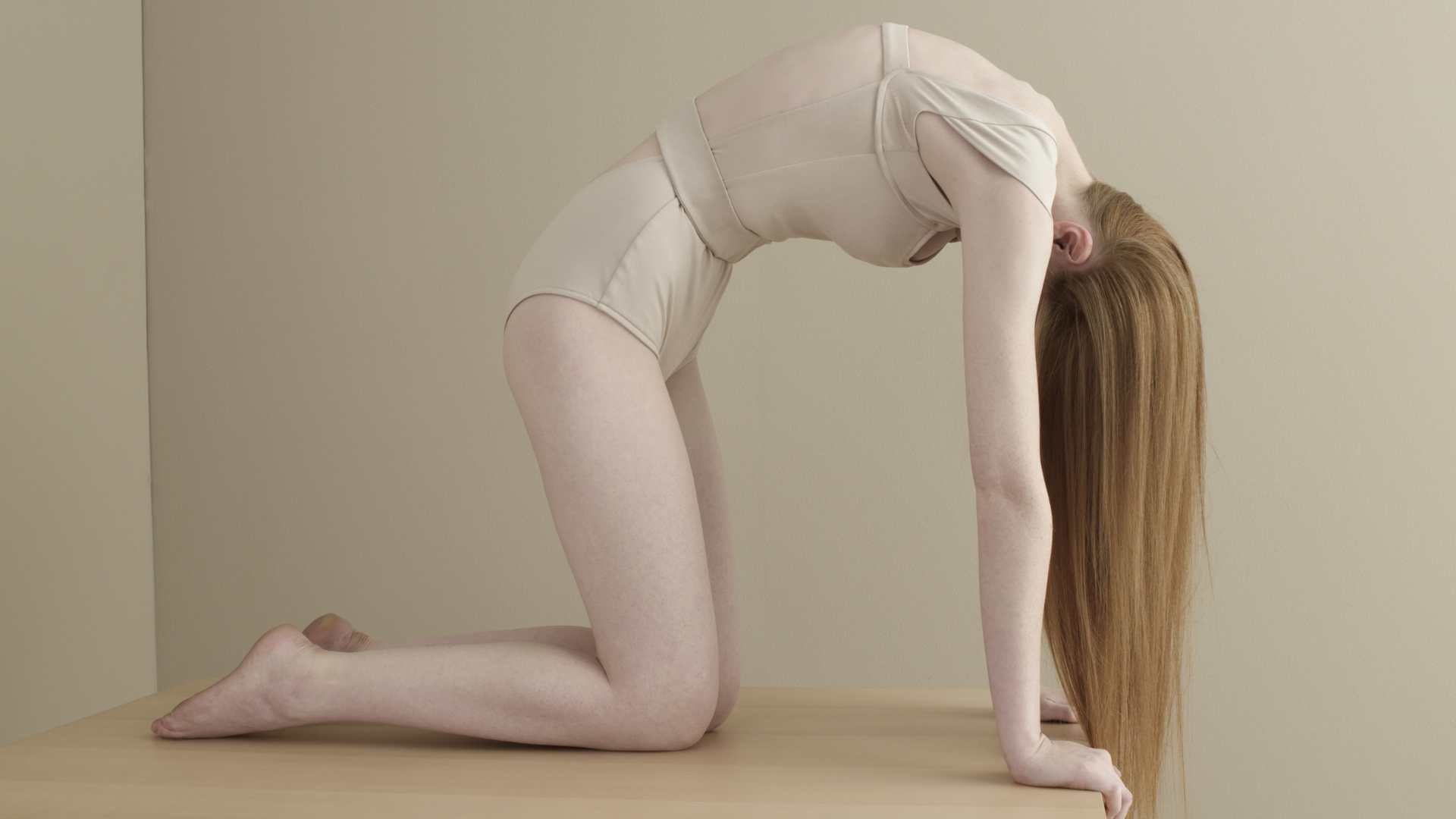
UNDERSTANDING FLEXIBILITY TO ACHIEVE MORE OF IT.
We try to overcome our limits, and the more we improve, the more difficult it becomes to get some gains, even the slightest of them. Like every skill, it takes 10% effort to become great; the remaining 90% will be spent on becoming excellent. That's where every action matters; small mistakes can hold you back for years.
In this article, I give you additional tools to help you gain the extra improvements most of us are after. It might seem too nerdy and a little lengthy to read but trust me, you want to know and understand these processes. Let's fast-forward progress while lowering the risks of injuries.
WHAT HAPPENS WHEN YOU STRETCH
When you elongate a muscle, you ask for a lot of transformation from the inner cells. First, you stretch it until the maximum resting length of the sarcomeres. Once it reaches a maximum length, if you keep pulling, the connective tissue—tendons, ligaments and the facial sheaths—become under stress. As the tension increases, the collagen fibres in the connective tissue align along the same line of force as the tension. It helps realign any disorganised fibres in the direction of the tension. This realignment helps rehabilitate scarred tissue back to health. Inner scars must be avoided as they often create adhesions and misalignments and/or trigger further injuries.
Try to pay attention and feel the transfer from 'muscle only' to a more complete stretch— involving other connective tissue in your joints. This awareness will be helpful for you to have more control over your stretch and avoid injuries while pushing deeper into your flexibility. It also underlines how important it is for your muscles to be well warmed up and ready to be elongated: they should absorb most of the stretch. If they are tight, you will put additional stress onto 'difficult to heal' ligaments and tendons. A quick reminder: stretching does not qualify as a warm-up. A correct warm-up should involve a higher heart rate and low to medium intensity contraction of the muscles. In other words, an active movement that gets your heart pumping.
PROPRIOCEPTORS
At the end of your nerves, some proprioceptors communicate the information about the musculoskeletal system to your central nervous system. They are responsible for understanding your body position and movement, and they should serve as a compass to correct any minimal mistake as early as possible. A delay in this task can cause an injury. For example, you could partially tear a shoulder tendon if your shoulder muscles do not correct a movement that is going out of a healthy alignment.
PROTECTIVE EXERCISES
It's essential to introduce proprioceptive exercises in your stretching routines to help you remain in control when at a full range of motion—where most injuries occur. I, for example, do my Physical Poetry PNF program on an unstable surface.
Below you will find an extreme version while doing a split PNF program with my front foot on an aerial loop (unstable base):

Please choose a version that fits your level; stretching is not a creative way of injuring ourselves!
This type of proprioceptive flexibility forces you to never really sit in your stretch; you should always be in control. So that's a way to protect your hips and shoulders (in case of proprioceptive shoulder stretch) that we tend to overstretch for the sake of flexibility, forgetting the risks attached to our practice.
DON'T WORK AGAINST YOUR NERVOUS SYSTEM
Back to the proprioceptors, called muscle spindles, they are responsible for telling the muscle to react by shortening, protecting the body if you stretch them too quickly—a sort of muscle brain to avoid overstretching. This body response is called the stretch reflex. To become very flexible, you do have to find your way around this reflex. I'll offer three ways to do so below.
Suppose you push past that resistance and go too deep into an elongation while your muscle fibres try to contract against your efforts. In that case, you can end up damaging your muscle, tendons, or ligaments. Your body is smart and wants to protect you. Working against it won't give you what you want; quite the opposite.
The stretch reflex (resistance) will gradually decrease in power and sensitivity if you stretch regularly. Another receptor called the Golgi tendon organ, or GTO, is involved in this brain-movement relation when you stretch. Its job is to trigger an inverse stretch reflex, which tells the muscle it's fine to let go and be stretched. When the GTO comes into play, you'll be able to lean deeper into a stretch. For more information about the stretch reflex, the Golgi tendon, and a complete PNF protocol, see the article on The Art of Flexibility.
THREE ADVICE TO MAKE YOUR BODY COMPLY
-
Get slowly into any stretch: The more sudden is an elongation, the stronger the counter contraction (stretch reflex) will occur.
-
Hold the stretch for a longer period of time (a very minimum of 60 seconds). The muscle spindles habituate to the new length as you hold the muscle stretched, and eventually, they reduce their signalling. The GTO might do its job (tell the brain to relax the muscle) when it slowly understands the threat is minor. Gradually, you can train your stretch receptors to allow greater lengthening of the muscles.
-
Stretch consistently: That seems like a no brainer but it's more important than you think, and your nervous system is responsible for this. Studies suggest that you can eventually train your brain to produce little or no reflex to overstretching. That won't happen overnight since your central nervous system is involved, but after months or years of consistent stretching, suddenly, your body does not try to protect itself anymore. This change can be useful for anyone seeking extreme flexibility. However, the risk of injury becomes more significant, so you REALLY have to be body conscious and practice the proprioceptive stretching suggested above. You absolutely need to be in tune with your body.
Now that you understand your body's protective reaction to the stress of stretching, you can work alongside it and help it slowly accept the elongation to reach deeper levels of flexibility.
It is important to gain self-knowledge and feel the moment each process occurs. For example, try to get into your split, as deep as you comfortably can—for some with two blocks on the sides to support some of your weight and for others blocks under the front foot if you can comfortably perform a more than 180 degrees split. Go to a maximum depth or when you feel a muscular tension without stressing your hips too much and slowly draw your attention onto the muscle's first stress reaction and contraction. Eventually, a relaxation that will allow you to gain further degrees will happen. This process is utterly more efficient by using active flexibility, involving antagonist muscles. Get acquainted with your body's reflex and time of reaction, and start trusting the right moment for you to go deeper.
Flexibility is not only about consistency and repetition and surely not about how much pain you can bear—as falsely spread by the Rambo-wannabee fanatics. You will obtain a lot more results by training in a smart way, and you can speed your progress by understanding your body's feedback correctly during a stretch.
Be present, never passive! You should always be fully drawn inward during a stretching exercise, understanding what is going on and taking advantage of your biofeedback. Stretching for stretching might be a total waste of time. Every one of us, regardless of age, will improve flexibility when stretching with an intelligent technique and can stall or get injured by stretching randomly. Choose your match.
You might also be interested in:-
The Art of Flexibility—Stretching techniques scientifically explained
*This document is not a substitute for medical advice. You are responsible for your health. Consult a health care professional before using any of the techniques in this document. In other words, Stretch at your own risk.














Leave a comment
This site is protected by hCaptcha and the hCaptcha Privacy Policy and Terms of Service apply.